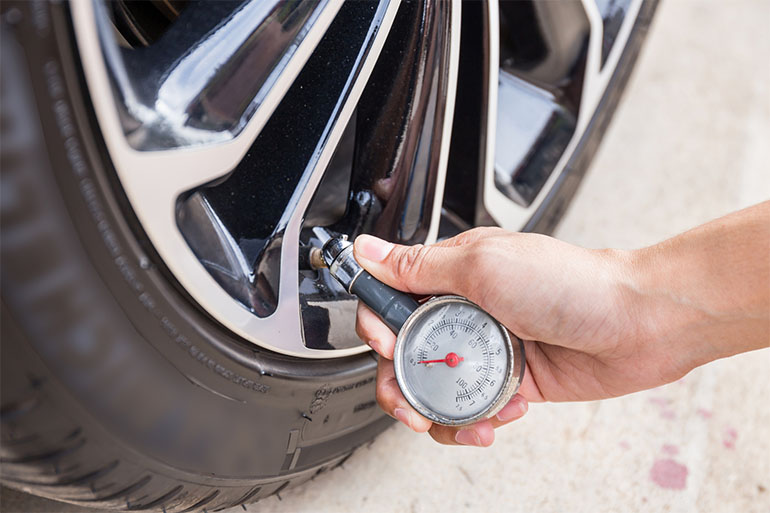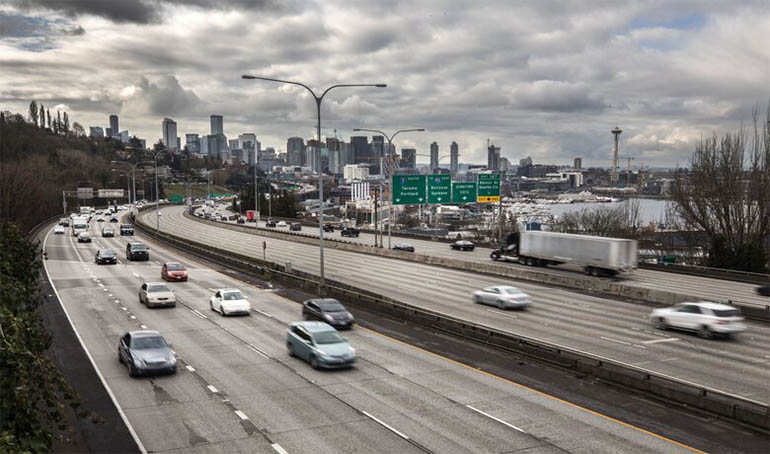While taking off on impulse is considered romantic, you’re more likely to enjoy your trip if you take the time and effort to plan your trip. It isn’t just planning the destination and choosing a route, though those are factors. Here are a few tips for preparing for your road trip.
If your license or car registration is expired, get these current before you head out on the road. After all, police tend to target out-of-state visitors for tickets and these things are guaranteed to result in a ticket. Make sure you have an up-to-date copy of your car insurance with you.
Also, don’t forget that you can get discounted new car pricing with a free quote through qualified local dealer partners.

Don’t take off on a summer road trip on winter tires. Consider traveling on all season tires instead. Check your tires before you leave. Replace them if they have cracks, bulges or worn tread. Note that uneven flat areas may be due to issues with alignment or incorrect tire pressure. Get these issues resolved before they cause a blowout. Know the proper tire pressure for your vehicles tires. Check them before you leave. Then check the tire pressure every time you stop so that you can add or let out air as necessary to maintain the proper tire pressure.
You can carry a can of fix-a-flat, but this doesn’t eliminate the need for regular tire maintenance. Plan regular stops that have both gas and air.
We can use Maslow’s Hierarchy of Needs to determine what you must have on hand for emergencies. If you’re traveling in the autumn or winter, you’d want to travel with blankets. In the summer, reflective blankets that give you shade are a priority. Always carry enough water to keep everyone alive for one to two days. If nothing happens, that water can be used to wash up after changing the tire or a rest stop. Carry non-perishable snacks like crackers and soup. This ensures that you’ll be alert when the tow truck arrives and won’t be tempted to walk a few miles through unfamiliar roads to seek help. Carry several ways to signal for help like a fully charged cell phone, flares and mirrors.

Don’t try to drive through the night. Sleepy driving is more dangerous than drunk driving. Plan to stop somewhere to sleep. Furthermore, you shouldn’t be afraid to pull over and take a nap when you’re tired. Everyone is safer for it.
Ideally, you’d swap out drivers so that you can take a break, but this isn’t always an option. However, you need to take breaks instead of driving for ten hours or more hours a day. Pull over, get out and go for a walk. Stretch so that you don’t develop blood clots in your legs or cramps in your arms.
You may plan on relying on your car’s navigation system, but that may not work. It might experience a software error or simply can’t reach GPS satellites. Don’t rely on your smart phone, either, since you’ll be lost once the battery is dead or whenever you’re out of range of cell phone towers. One solution is to have paper maps with you. Another is to have maps saved to a tablet computer or laptop you can consult when navigation systems can’t get a signal.